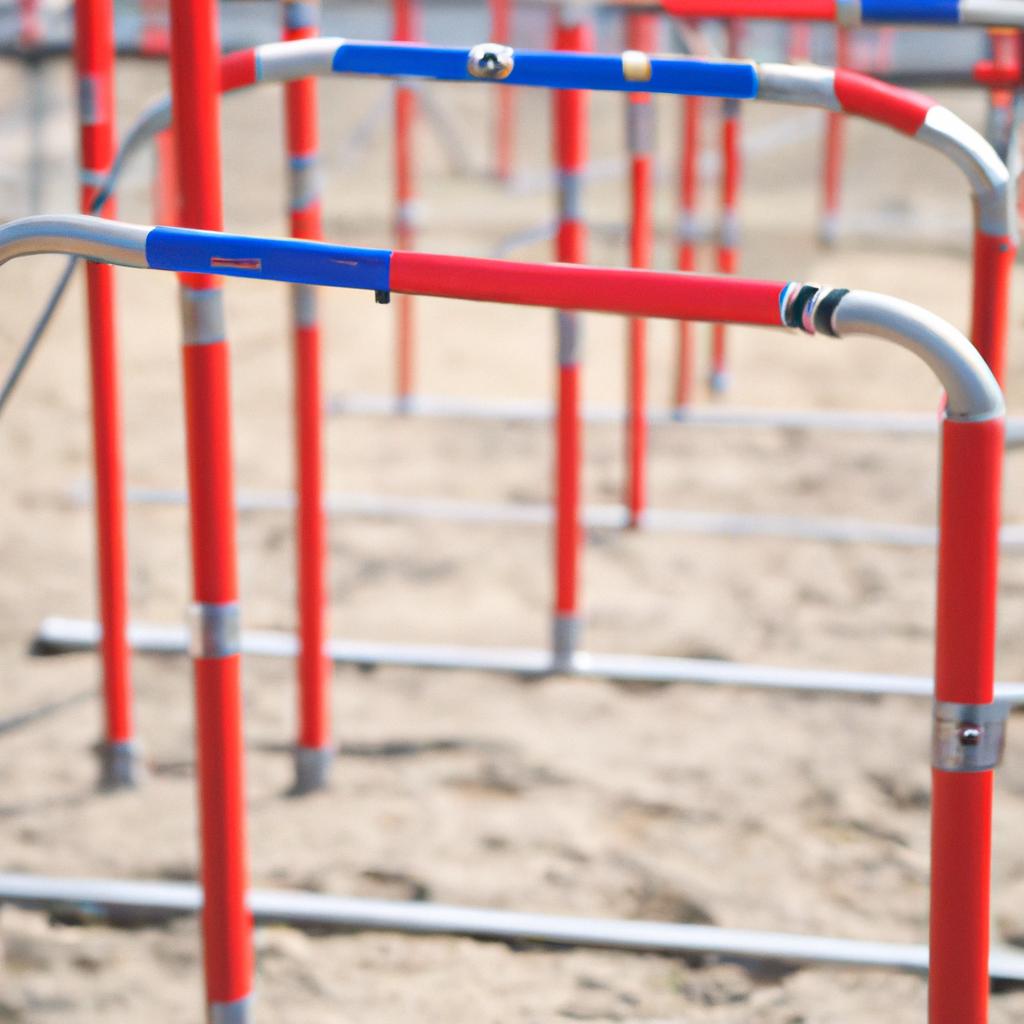**”The Rhythm of Resilience: Exploring How Dance-Based Workouts Foster Emotional Strength and Coping Mechanisms”**
# The Rhythm of Resilience: Exploring How Dance-Based Workouts Foster Emotional Strength and Coping Mechanisms
In a world that often feels chaotic and overwhelming, finding effective ways to cope with stress and emotional challenges is crucial. Dance-based workouts have emerged as a transformative tool, offering not only physical benefits but also emotional strength and resilience. By engaging both the body and mind, these workouts create a unique space for self-expression, empowerment, and connection. In this blog post, we will explore the multifaceted impact of dance on emotional well-being, while providing practical tips on nutrition, exercise, and the myriad health benefits associated with dance-based workouts.
## The Emotional Power of Dance
### Movement as Expression
Dance is a universal language that allows individuals to express their feelings in a way that words often cannot. The rhythm of music combined with movement creates a sensory experience that can evoke deep emotions. Whether it’s the joy of celebrating life through upbeat tunes or the catharsis of releasing pent-up emotions through slower, more introspective dances, the act of moving to music can serve as a powerful outlet for emotional expression.
### Building Community and Connection
Participating in dance classes or group workouts can foster a sense of belonging and connection. This communal aspect can be particularly beneficial for emotional resilience, as it provides an opportunity to share experiences and support one another. The bonds formed in a dance class can create a supportive network, reducing feelings of isolation and enhancing overall emotional well-being.
## Nutrition Tips for Optimal Performance
Maintaining a well-balanced diet is essential for anyone engaging in physical activity, especially in dance-based workouts. Here are some nutrition tips to support your dance journey:
1. **Prioritize Whole Foods**: Focus on incorporating whole grains, lean proteins, fruits, and vegetables into your meals. These nutrient-dense foods provide the energy needed for sustained movement and recovery.
2. **Stay Hydrated**: Proper hydration is key for optimal performance. Drink plenty of water before, during, and after your dance sessions to prevent fatigue and dehydration.
3. **Timing Matters**: Fuel your body with a light snack about 30 minutes before class. Opt for something easy to digest, like a banana or a small yogurt, to ensure you have enough energy without feeling heavy.
4. **Post-Workout Recovery**: After dancing, replenish your body with a mix of carbohydrates and protein to aid recovery. A smoothie with fruits and Greek yogurt or a whole grain wrap with lean protein are great options.
## Exercise Advice for Dance-Based Workouts
To maximize the benefits of dance-based workouts, consider the following exercise advice:
1. **Choose the Right Style**: Explore different styles of dance to find what resonates with you—be it Zumba, hip-hop, ballet, or contemporary. The right style will keep you motivated and engaged.
2. **Listen to Your Body**: Pay attention to how your body feels during and after workouts. If something doesn’t feel right, don’t hesitate to modify movements or take breaks as needed.
3. **Set Realistic Goals**: Establish achievable goals related to your dance practice, whether it’s learning a new routine, improving your flexibility, or simply enjoying the process. Celebrate small victories along the way.
4. **Incorporate Variety**: To prevent burnout and enhance your skill set, mix up your dance workouts with different styles, intensities, and routines. This variety will keep your practice dynamic and engaging.
## Health Benefits of Dance-Based Workouts
The advantages of dance extend far beyond emotional expression and community connection. Here are some significant health benefits associated with dance-based workouts:
1. **Improved Mental Health**: Engaging in dance has been shown to reduce symptoms of anxiety and depression. The release of endorphins during physical activity contributes to an overall sense of happiness and well-being.
2. **Enhanced Physical Fitness**: Dance workouts are a fun way to boost cardiovascular fitness, strength, and flexibility. Regular participation can lead to improved endurance and overall physical health.
3. **Cognitive Benefits**: Learning and remembering dance routines can enhance cognitive function, improving memory and concentration. The focus required during dance can also help sharpen mental acuity.
4. **Stress Reduction**: Dance serves as a form of moving meditation, allowing individuals to release stress and tension. The rhythmic movements combined with music can create a calming effect, promoting relaxation.
## Conclusion
The rhythm of resilience is intricately woven into the fabric of dance-based workouts, fostering not only physical health but also emotional strength and coping mechanisms. By embracing dance as a form of expression, building community, and maintaining proper nutrition and exercise practices, individuals can cultivate resilience that transcends the dance floor. As we move through life, let’s remember that the power of dance can guide us toward emotional well-being and strength, reminding us that we are not alone on this journey.















Post Comment